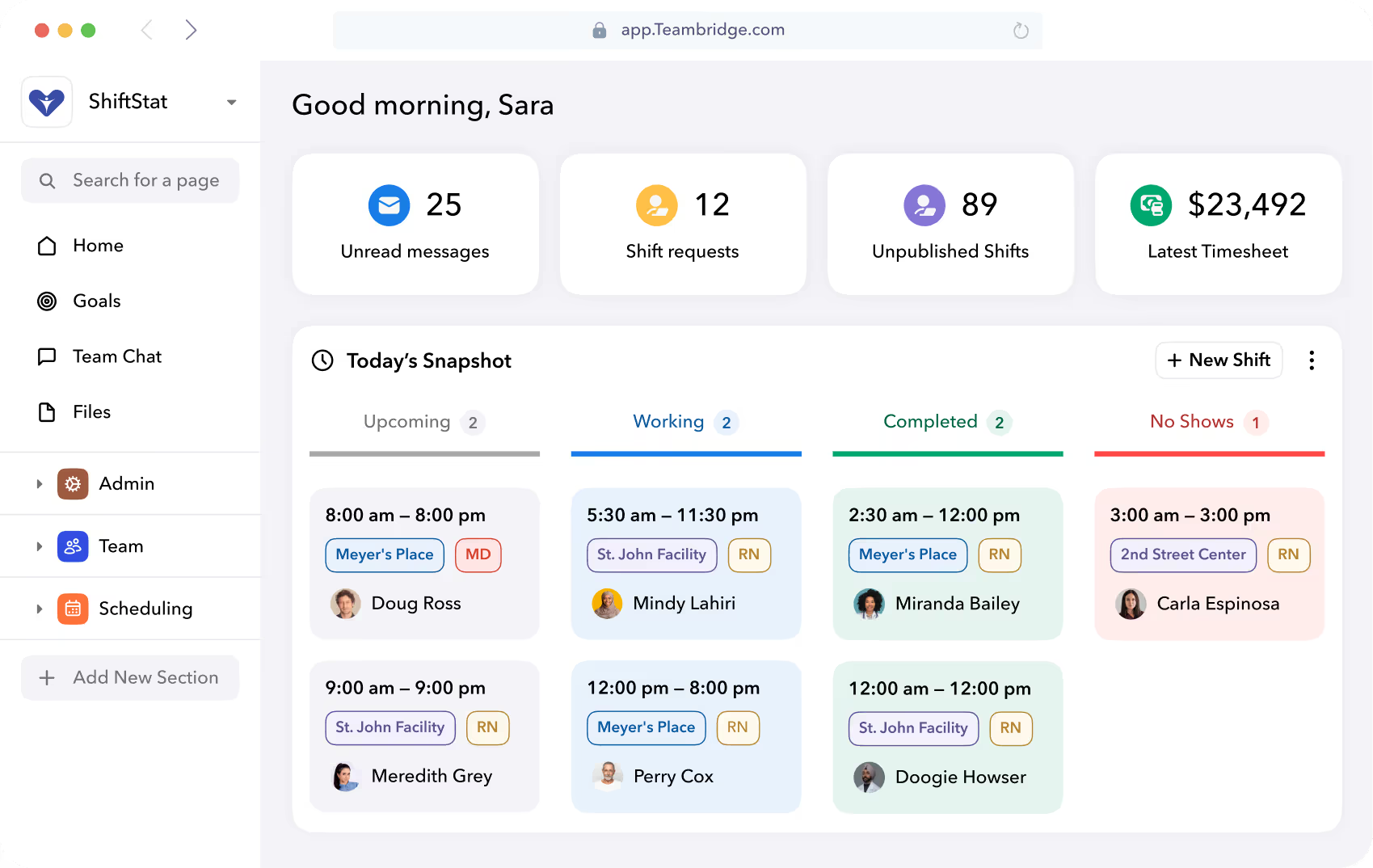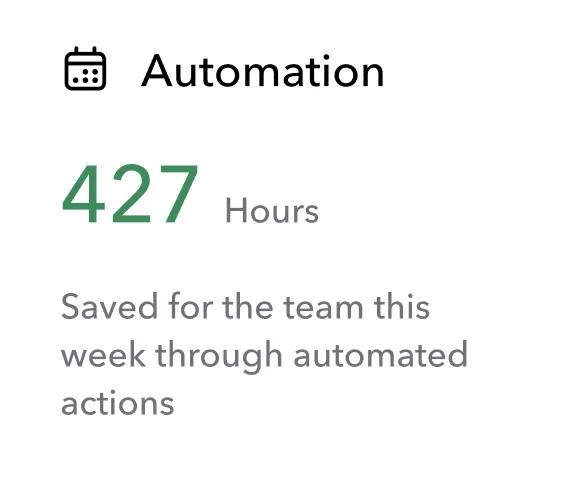
Teambridge Platform
Work your way. Teambridge gets it.
Teambridge is composable. You can easily customize your data, automate your manual processes, and create dashboards that surface your key metrics—all without compromise.


Outperform the competition with a composable platform
Don’t be blocked. Build with blocks.
Most software is prescriptive, forcing you to adapt the way you work to its to its rigid constraints. Teambridge is composable: You can customize it to your exact needs. No code necessary. Run your business your way—with more speed & flexibility.
Composable Software 101
Composability hasn’t just evolved how businesses use software—it’s changed how they compete. In this guide, you’ll learn...
- What composable software is (and isn’t)
- The business case for switching to composable software
- How real businesses are using composability to win
Ready to learn more?

Shape our software to your specs, from data and dashboards to logic
You no longer need an engineering team to build your perfect solution. With Teambridge, you can customize every aspect of the system to fit your business’s unique special sauce, so you can do more, better, faster.

Create a single source of truth
Add all the fields relevant to your business, so you can view and tap into your data.

Customize your layout and tools
Build pages & dashboards that have everything you need to do work faster.

Tailor people’s controls by role
Assign granular permissions, so everyone can access what they need—and nothing more.

Build no-code automations
Automate everything, from routine staffing tasks to complex multi-step processes.
Ready to meet the platform
that’s perfect for you?
Get in touch to see how Teambridge can solve your business’s unique problems.



Frequently asked questions
Composable software refers to a system whose infrastructure is built in a modular fashion, putting the user in control of shaping the software to their needs without having to write any code. Think of these modules like LEGO building blocks. The modules can be combined together to create workflows, dashboards, policies, and more, allowing you to assemble and reassemble them as needed to address your business needs.
Composable software offers significant advantages over traditional prescriptive systems through four key benefits. It enables powerful no-code automation that streamlines workflows and reduces operational costs by minimizing manual work and human errors. Organizations gain granular control with field-level permissions, allowing precise governance over data access and user capabilities. The systems provide exceptional flexibility and scalability, making it easy to add new views, reports, data fields, workflows, and modules as business needs evolve. Finally, composable architecture supports real-time experimentation, enabling data-driven testing and optimization that helps businesses continuously improve their operations through measurable insights.
Unlike typical platforms, Teambridge allows complete customization without requiring an engineering team or coding skills. Users can create custom data fields, build personalized dashboards and layouts, set granular role-based permissions, and automate complex multi-step processes using a no-code approach. This composable design enables businesses to shape the software to their exact specifications and unique workflows, creating a single source of truth that adapts to how they actually operate rather than forcing them to conform to predetermined system limitations. For firms evaluating whether to build their own workforce management solution or go with a legacy vendor, Teambridge’s platforms bridges the best of both worlds.


